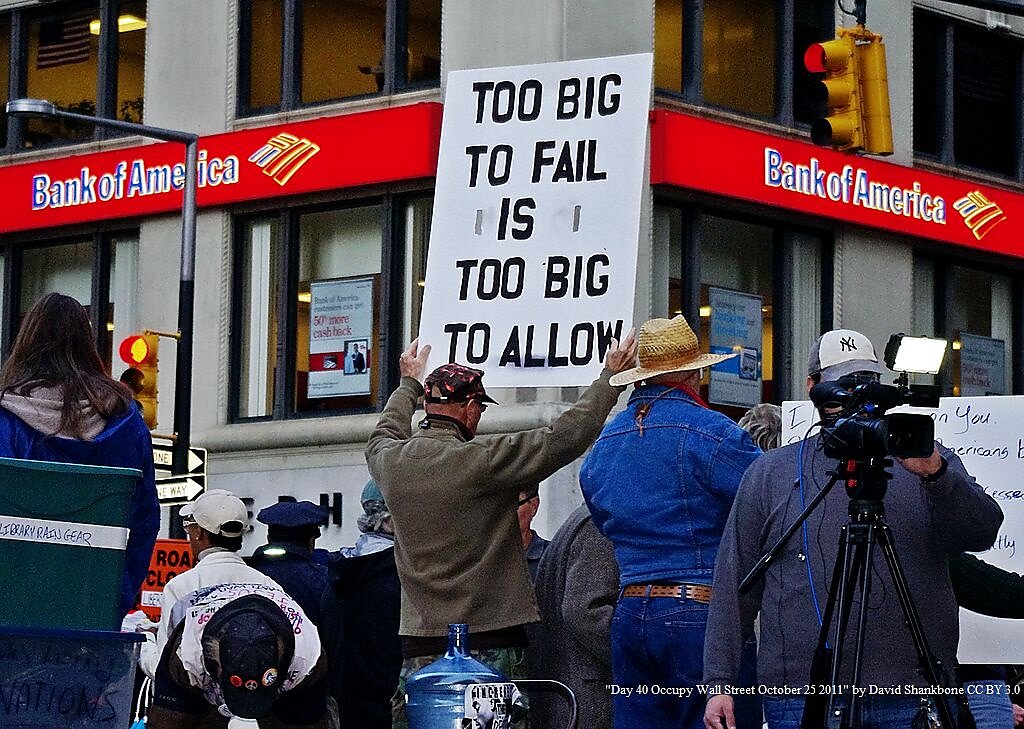George and Russ begin by discussing the moral-hazard consequences of the Fed’s emergency lending during the crisis. While the roots of the moral hazard problem are traceable to the introduction of state-level and then nationwide deposit insurance schemes, George pointed out that the problem became much worse once the 1984 rescue of Continental Illinois established a precedent for bailing out “too-big-to-fail” financial institutions.
George and Russ then turn to the Fed’s response to the crisis. First, George points out that the Fed’s emergency lending violated the famous “lender of last resort” rules laid out by Walter Bagehot, namely that central banks should only lend to solvent banks in need of liquidity, and then only at a high rate and against good collateral. In the cases of Bear Stearns, AIG, and Citigroup, however, the Fed went beyond providing liquidity to sound firms—these were bailouts, plain and simple.
Second, George argues that the Fed made a catastrophic mistake by sterilizing its early emergency lending—that is, by selling off its Treasury securities so that neither its balance sheet, nor the overall supply of credit, would expand—and by paying interest on bank reserves beginning October 2008. As George explains in detail here, both moves show that Bernanke and other Fed officials were more concerned with maintaining their target for the federal funds rate than they were with offsetting collapses in lending and spending.
The entire conversation, which provides a good summary of George’s views on the financial crisis and the Fed’s response to it, can be found here. Enjoy!


